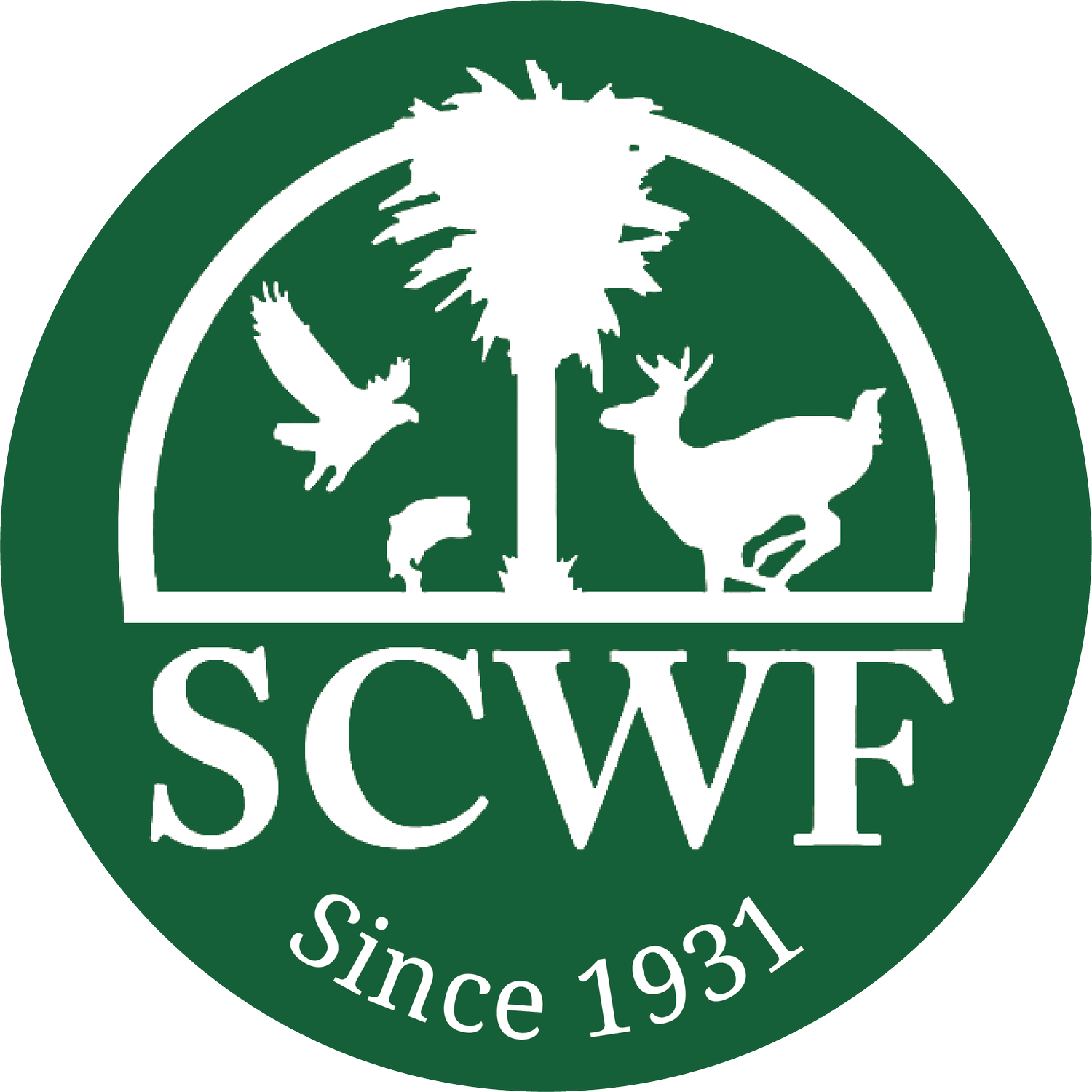Plants for Pollinators
nectar plants which attract pollinators
Aster spp.
Azaleas (Rhododendron spp.)
Bee Balm (Monarda spp.)
Black-eyed Susan (Rudbeckia hirta)
Blazing Stars (Liatris spp.)
Butterfly-weed (Asclepias tuberosa)
Buttonbush (Cephalanthus occidentalis)
Cardinal-flower (Lobelia cardinalis)
Ceanothus spp.
Coreopsis spp.
Goldenrods (Solidago spp.)
Ironweed (Vernonia spp.)
Joe-pye-weeds (Eupatorium spp.)
Milkweeds (Asclepias spp.)
Phlox spp.
Pickerelweed (Pontederia cordata)
Purple Coneflower (Echinacea purpurea)
Sumacs (Rhus spp.)
Sunflowers (Helianthus spp.)
Sweet Pepperbush (Clethra alnifolia)
Verbena spp.
Caterpillar Food Sources
In order to ensure that butterflies reside in your yard, include host plants that serve as larval food. Butterflies almost invariably lay their eggs on the host plant preferred by the caterpillar. Do not panic when you see chewed foliage; usually no permanent damage is done to the plants. Some butterflies common to SC and their host plants are:
American Lady- Asteraceae or Compositae (commonly referred to as the aster, daisy, or sunflower family)
Banded Hairstreak- oaks, hickory, walnut
Black Swallowtail- parsley, dill, fennel, Queen Anne's lace, common rue
Buckeye- ruellia, snapdragon, plantain, verbena, toadflax, monkeyflower
Cabbage White- many plants in mustard family and nasturtium
Checkered White- peppergrass, winter cress, bladderpods, tumble mustards
Checkered Skipper- mallows, sida, globe mallows, hollyhock, velvet-leaf
Clouded Sulphur- clovers
Common Sooty-wing- lamb's quarters, amaranth tumbleweed
Common Wood-nymph-grasses
Coral Hairstreak- wild black cherry, American and Chickasaw plum, block chokeberry
Dogface- lead plant, indigo bush, prairie clover, false indigo
Dream Dusky Wing- willows, poplar, aspen, and birch
Dun Skipper- sedges, grasses including purpletop
Easter Tailed Blue- clover, trefoils, peas, vetches, alfalfa
Eastern Tiger Swallowtail- wild black cherry, ash, tulip tree, willow, sweetbay, basswood
Field Crescent- asters
Fiery Skipper- Bermuda grass, St. Augustine grass, bluegrass
Giant Swallowtail- prickly ash, citrus, common rue, hoptree, gas plant, torchwood
Gray Comma- gooseberry, azalea, elm
Gray Hairstreak- many pea and mallow family members, many others
Great Purple Hairstreak- mistletoe, Phoradendron flavescens
Great Spangled Fritillary- violets
Gulf Fritillary- maypops, other passion vines
Hackberry Butterfly- hackberry, sugarberry, Celtis spp.
Henry's Elfin- redbud, American, dahoon and yaupon hollies, maple-leaved viburnum, blueberries
Hoary Edge- tick trefoils, false indigo, lespedezas
Least Skipperling- grasses including cutgrass, bluegrass
Little Copper- sheep sorrel, curled dock
Little Wood Satyr- grasses including orchard grass, centipede grass and St. Augustine grass
Long-tailed Skipper- wisteria, pole beans, tick trefoil, butterfly pea, hog peanut
Monarch- milkweeds (Get Milkweed Seeds or Seedlings Here)
Mourning Cloak- willows, American elm, quaking aspen, paper birch, hackberry
Painted Lady (Cosmopolite)- thistles, mallows, nievitas, yellow fiddleneck
Pearl Crescent- asters
Pipe-vine swallowtail- Dutchman's pipe, wooly pipevine, Virginia snakeroot
Pygmy Blue- saltbush, lamb's quarters, pigweed
Question Mark- elm, hackberry, nettles, hops
Red Admiral/ White Admiral- wild cherries, black oaks, aspens, yellow and black birch
Roadside Skipper- bluegrass, oats, Bermuda grass
Sachem- grasses, including Bermuda grass
Spring Azure- dogwoods, wild clack cherry, viburnums, staghorn, sumac, others
Sulphurs- clover, peas, vetch, alfalfa, asters, Cassia spp.
Sylvan Hairstreak- willows
Tawny Emperor- hackberry, sugarberry
Variegated Fritillary- passion flower, maypop, violets, stonecrop, purslane
Viceroy- willows, cottonwood, aspen
Woodland Skipper- grasses
Zebra- passion vines
Zebra Longwing Swallowtail- pawpaw

